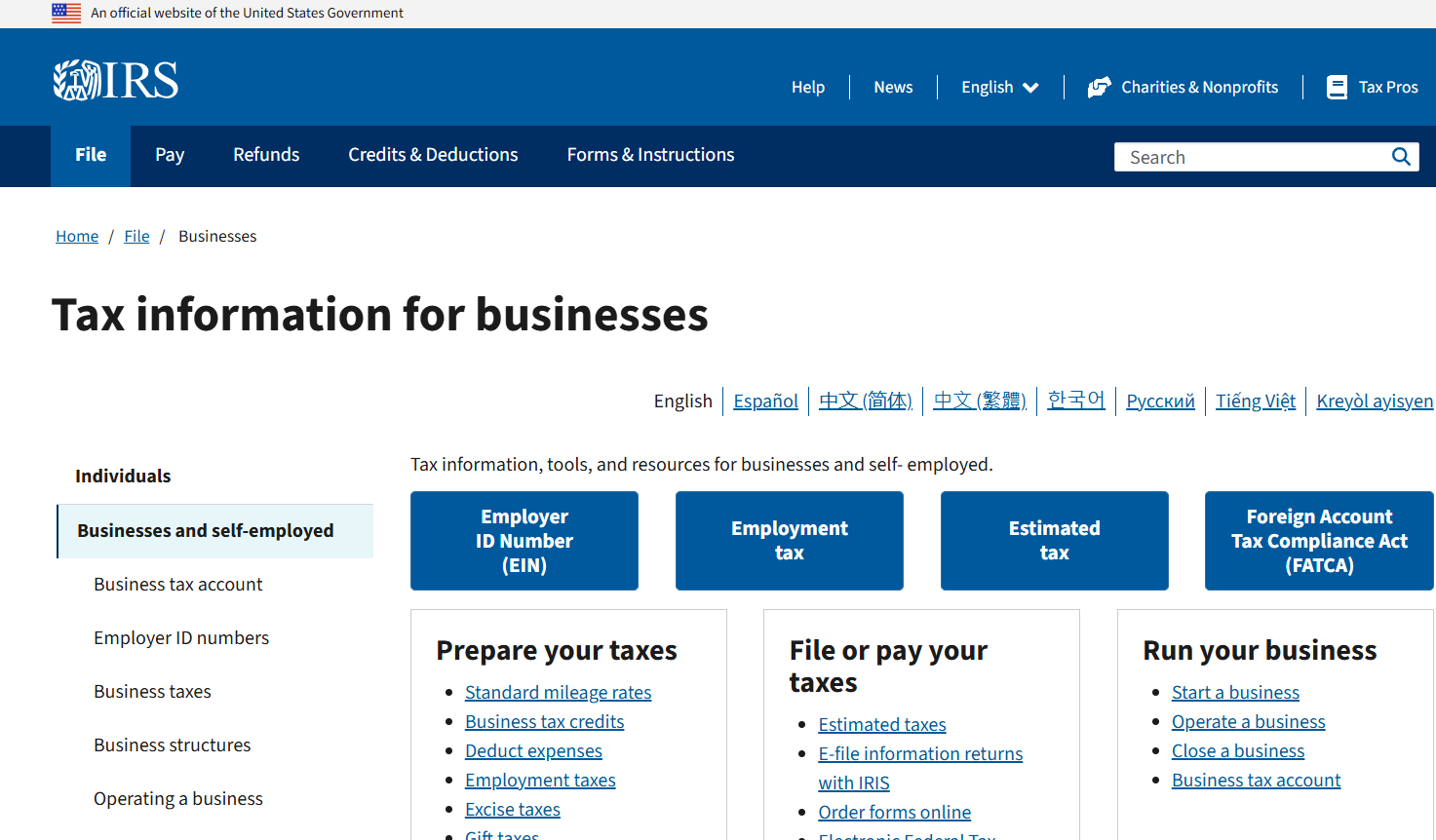Business Travel with a Spouse
When travel with a spouse is deductible
There are many reasons why it might be ideal to take a spouse on a business trip, and some of the those reasons are for personal enjoyment while at other times the presence of the spouse is required for business purposes. As one might guess, the purpose for having the spouse accompany on a trip will determine whether or not those expenses are deductible for federal income tax purposes.
The rules for deducting a spouse's travel costs are very restrictive. First of all, a spouse must be an employee of the business. The travel costs of a spouse are not deductible, even if his or her presence has a bona fide business purpose, unless the spouse is a bona fide employee of your business. In many cases, this requirement alone prevents the expenses from being tax deductible.
If a spouse is an employee, then his or her travel costs can be deducted if the spouse's presence on the trip serves a bona fide business purpose. Merely having a spouse perform some incidental business service, such as typing up notes from a meeting, isn't enough to establish a business purpose. In general, it isn't sufficient for a spouse's presence to be “helpful” to the business pursuits—it must be “necessary.” In most cases, a spouse's participation in social functions, even as host or hostess, isn't enough to establish a business purpose. That is, if her purpose is to establish general goodwill for customers or associates, this is usually insufficient. Further, if there is a vacation element to the trip, that is, if a spouse will be spending time sightseeing or shopping, it will be more difficult to establish a business purpose for the trip. On the other hand, a bona fide business purpose exists where a spouse's presence is necessary to care for a serious medical condition of the employee-spouse.
If a spouse's travel satisfies these tests, the normal deductions for business travel away from home can be claimed. These include the costs of transportation, meals, lodging, and incidental costs such as dry cleaning, phone calls, internet, and similar travel expenses.
Even if a spouse's travel doesn't satisfy the requirements, however, a substantial portion of the trip's costs may still be deductible. This is because the rules don't require an allocation of 50% of the travel costs to the spouse; the amounts that are not deductible are only any additional costs incurred for a spouse. For example, in many hotels the cost of a single room isn't that much lower than the cost of a double. If a single would cost $250 a night and a double would cost $300, the disallowed portion of the cost allocable to the spouse would only be $50. If a rental car is involved, the cost will be fully deductible even if your spouse is along. Any separate costs incurred by the non-qualifying spouse, such as meals or specific transportation costs incurred due to the spouse, would not be deductible.










